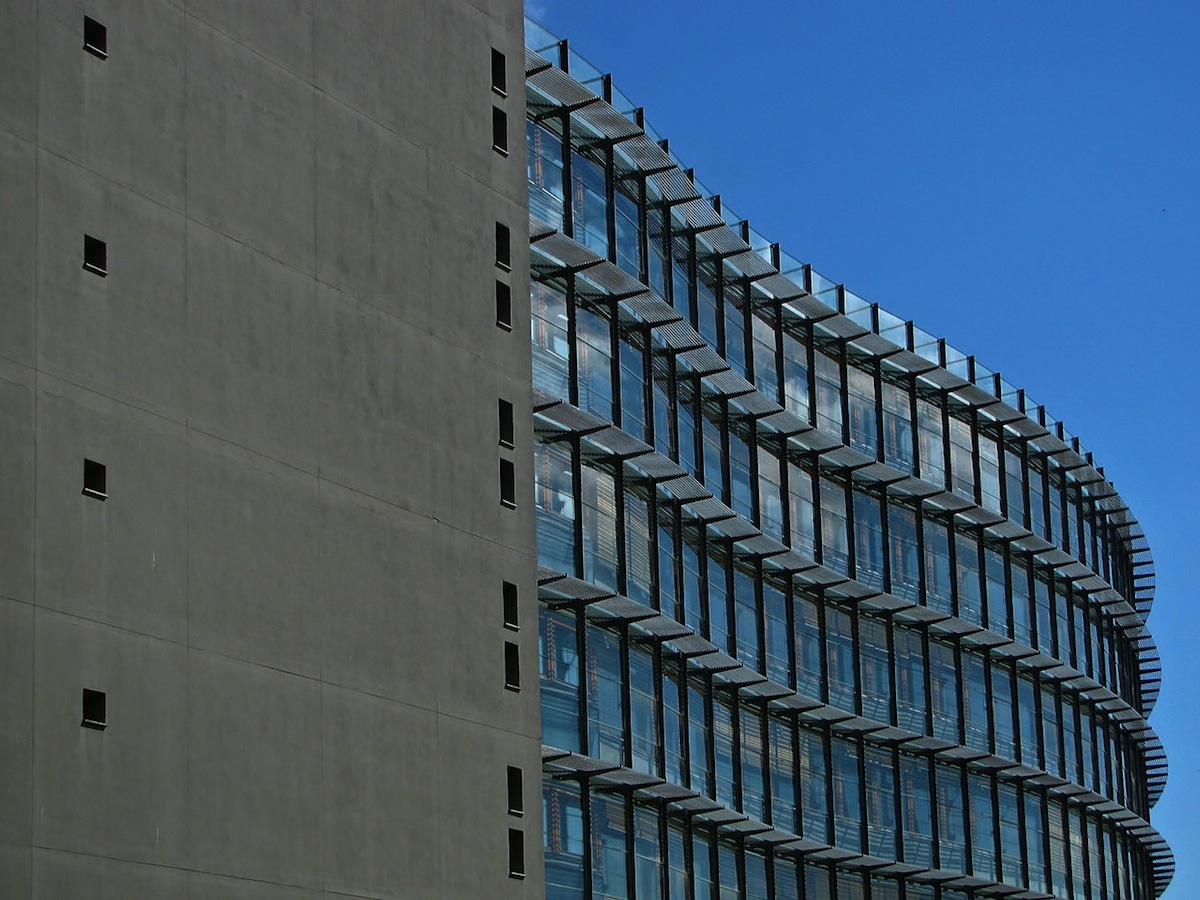The Design-Build Institute of America (DBIA) has released what it claims to be the first and only full set of warranty bonds, proposal bonds, and payment and performance bonds that are specifically crafted for design-build projects.
A task force within the Washington-based DBIA, chaired by G. William Quatman, the general counsel for Burns and McDonnell, worked over the past year on forms that are tailored to this sector. The coauthors of the forms include designers and builders. The National Association of Surety Bond Producers and the Surety & Fidelity Association of America have endorsed the documents.
The new family of bond forms includes a Proposal Bond (610), a Warranty Bond (615), and three sets of Payment and Performance Bonds for Design-Builders (620 and 625), Contractors (640 and 645), and Subcontractors (630 and 635).
“Mirroring the design-build philosophy, DBIA’s family of contract documents is reflective of our diverse membership base representing the needs of both public and private owners, general and specialty contractors, architects, consultants, and engineers,” says Lisa Washington, the Institute’s Executive Director and CEO. “They are written to guide success for the entire project team – owners and practitioners alike.”
A spokesperson for the Institute, Geoff Corey, tells BD+C that his organization focuses primarily on nonresidential activities. “So these forms would be of real interest to [AEC] firms doing design-build commercial or government projects.”
He also points out that many AEC firms that don’t specialize in design-build enter these projects through joint ventures and LLCs, or are hired subcontractors. “They would probably be interested in using these model forms since they’ve been created for design-build projects,” says Corey.
DBIA states that the advantage of these documents is that they offer one solicitation, one award, and one contract to administer. The documents are also adaptable to a project team’s characteristics.
The bond forms, as well as other contract and consent forms are available on DBIA’s website.
Related Stories
| Aug 11, 2010
Living and Learning Center, Massachusetts College of Pharmacy & Health Sciences
From its humble beginnings as a tiny pharmaceutical college founded by 14 Boston pharmacists, the Massachusetts College of Pharmacy & Health Sciences has grown to become the largest school of its kind in the U.S. For more than 175 years, MCPHS operated solely in Boston, on a quaint, 2,500-student campus in the heart of the city's famed Longwood Medical and Academic Area.
| Aug 11, 2010
Gold Award: Eisenhower Theater, Washington, D.C.
The Eisenhower Theater in the John F. Kennedy Center for the Performing Arts in Washington, D.C., opened in 1971. By the turn of the century, after three-plus decades of heavy use, the 1,142-seat box-within-a-box playhouse on the Potomac was starting to show its age. Poor lighting and tired, worn finishes created a gloomy atmosphere.
| Aug 11, 2010
Giants 300 University Report
University construction spending is 13% higher than a year ago—mostly for residence halls and infrastructure on public campuses—and is expected to slip less than 5% over the next two years. However, the value of starts dropped about 10% in recent months and will not return to the 2007–08 peak for about two years.
| Aug 11, 2010
200 East Brady
Until July 2004, 200 East Brady, a 40,000-sf, 1920s-era warehouse, had been an abandoned eyesore in Tulsa, Okla.'s Brady district. The building, which was once home to a grocery supplier, then a steel casting company, and finally a casket storage facility, was purchased by Tom Wallace, president and founder of Wallace Engineering, to be his firm's new headquarters.
| Aug 11, 2010
Great Solutions: Business Management
22. Commercial Properties Repositioned for University USE Tocci Building Companies is finding success in repositioning commercial properties for university use, and it expects the trend to continue. The firm's Capital Cove project in Providence, R.I., for instance, was originally designed by Elkus Manfredi (with design continued by HDS Architects) to be a mixed-use complex with private, market-...
| Aug 11, 2010
Reaching For the Stars
The famed Griffith Observatory, located in the heart of the Hollywood hills, receives close to two million visitors every year and has appeared in such films as the classic “Rebel Without a Cause” and the not-so-classic “Charlie's Angels: Full Throttle.” Complete with a solar telescope and a 12-inch refracting telescope, multiple scientific exhibits, and one of the world...
| Aug 11, 2010
Holyoke Health Center
The team behind the new Holyoke (Mass.) Health Center was aiming for more than the renovation of a single building—they were hoping to revive an entire community. Holyoke's central business district was built in the 19th century as part of a planned industrial town, but over the years it had fallen into disrepair.
| Aug 11, 2010
The Art of Reconstruction
The Old Patent Office Building in Washington, D.C., completed in 1867, houses two Smithsonian Institution museums—the National Portrait Gallery and the American Art Museum. Collections include portraits of all U.S. presidents, along with paintings, sculptures, prints, and drawings of numerous historic figures from American history, and the works of more than 7,000 American artists.
| Aug 11, 2010
Seven tips for specifying and designing with insulated metal wall panels
Insulated metal panels, or IMPs, have been a popular exterior wall cladding choice for more than 30 years. These sandwich panels are composed of liquid insulating foam, such as polyurethane, injected between two aluminum or steel metal face panels to form a solid, monolithic unit. The result is a lightweight, highly insulated (R-14 to R-30, depending on the thickness of the panel) exterior clad...
| Aug 11, 2010
Back to Nature: Can wood construction create healthier, more productive learning environments?
Can the use of wood in school construction create healthier, safer, more productive learning environments? In Japan, there's an ongoing effort by government officials to construct school buildings with wood materials and finishes—everything from floors and ceilings to furniture and structural elements—in the belief that wood environments have a positive impact on students.







